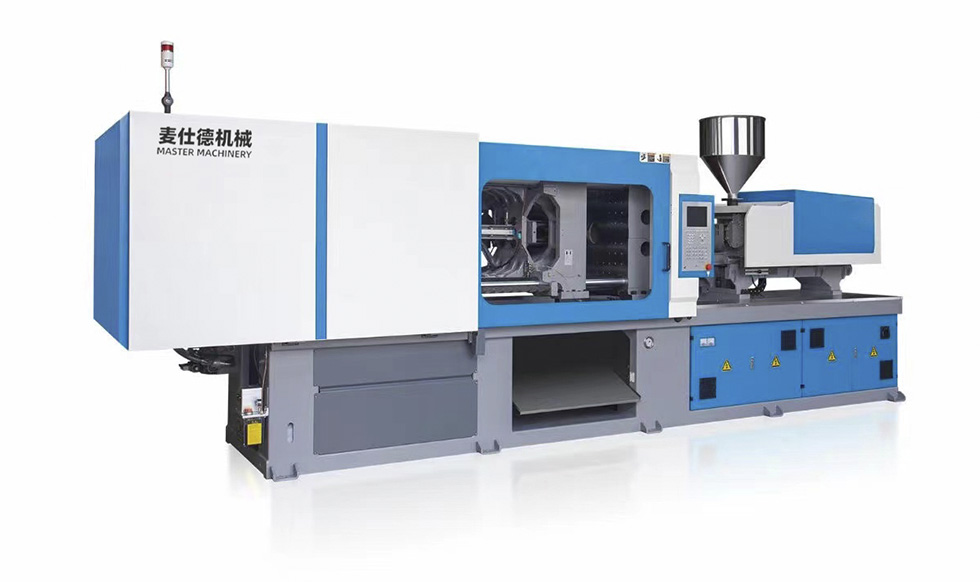7. Backpressure
01. What is backpressure
Backpressure refers to the force of the hydraulic cylinder to prevent the screw from retreating when the screw is pre-plasticized, and its magnitude is equal to the reaction force of the melt at the front end of the screw to the screw.
02. How to determine the backpressure
The determination of backpressure depends on the properties of different materials and is usually provided by the material supplier.
Generally speaking: PA: 20-80 Bar; POM : 50-100 Bar; PP/PE: 50-200 Bar
03. How to determine the backpressure
Backpressure too high: material disintegrates; drooling; longer pre-molding time required
Backpressure is too low: uneven plasticization (especially for color-containing masterbatches), unrealistic plasticization (causing product bubbles, focal spots, etc.)
8. Back suction
01. How to determine the amount of back suction
The determination of the amount of back suction (combined with the determination of back pressure) is based on the principle of no salivation
02. The amount of back suction is too large/too small
Too much suction: air bubbles, focal spots, unstable material pads
Too little suction: drooling, unstable pad (due to check valve not closing)
9. Clamping force
01. Determination of clamping force
The size of the clamping force depends on the projected area of ??the cavity and the size of the injection pressure
02. Too large/too small clamping force
Too much clamping force: poor exhaust (focal spot, insufficient mold filling), mold deformation
Clamping force is too small: flash
10. Melt temperature
01. How to determine the melt temperature
Usually, the determination of melt temperature depends on the properties of different materials and is provided by material suppliers. (The melt temperature and mold temperature of the materials used are shown in the attached table)
02. Setting of barrel temperature
Melt temperature is too high: material decomposes (thereby causing product bubbles, chromatic aberration, focal spots, fractures, etc.)
The melt temperature is too low: the material is plasticized unevenly, and the melt contains cold material (thereby causing insufficient mold filling, cold material, product breakage, etc.)
11. Mold temperature
01. Why do you need mold temperature?
Regardless of the temperature of the mold, its function is always to maintain a certain temperature of the mold in the stable production process and play a cooling role.
The really important mold temperature is the temperature of the mold cavity, not the temperature displayed on the mold temperature machine. Usually, in the stable production process, the cavity temperature will reach a stable dynamic equilibrium and be about 10 degrees higher than the display temperature.
(For large molds, the mold must be fully heated before production, especially for thin walls, and the flow length ratio
very large product mold)
02. What will the mold temperature affect?
It will affect the fluidity and cooling rate of the melt.
Because it affects fluidity, which affects product appearance (surface quality, burrs) and injection pressure;
Because it affects the cooling rate, it affects the crystallinity of the product, which in turn affects the shrinkage rate and mechanical strength properties of the product.
03. Mold temperature is too high / too low
High mold temperature: good fluidity; high crystallinity; large shrinkage (thus causing small size); deformation; longer cooling time required
Low mold temperature: poor fluidity (causing flow lines, weld lines); low crystallinity; small shrinkage (causing large size)


 English
English España
España





